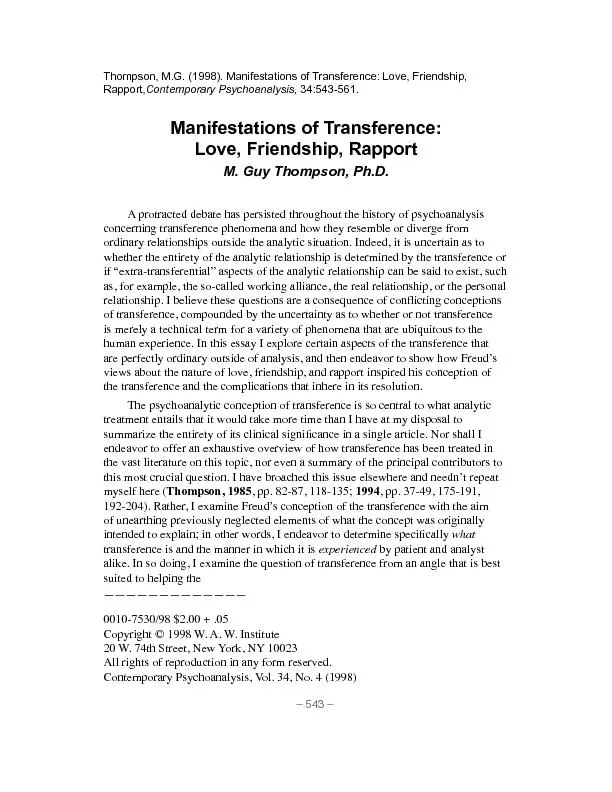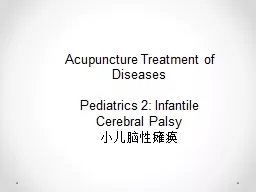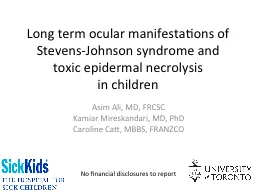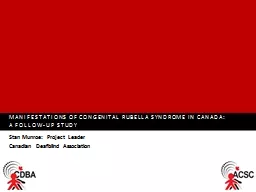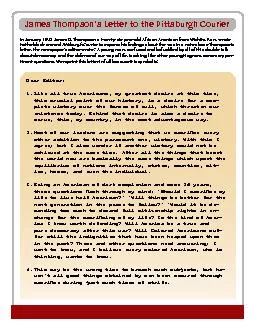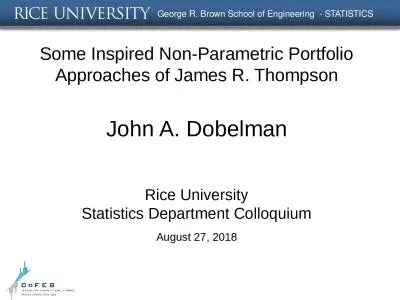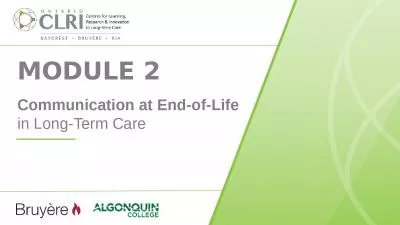PDF-Thompson, M.G. (1998). Manifestations of Transference: Love, Friendshi
Author : stefany-barnette | Published Date : 2016-08-15
Rapport Contemporary Psychoanalysis 34543561 Manifestations of Transference Love Friendship Rapport M Guy Thompson PhD A protracted debate has persisted throughout
Presentation Embed Code
Download Presentation
Download Presentation The PPT/PDF document "Thompson, M.G. (1998). Manifestations of..." is the property of its rightful owner. Permission is granted to download and print the materials on this website for personal, non-commercial use only, and to display it on your personal computer provided you do not modify the materials and that you retain all copyright notices contained in the materials. By downloading content from our website, you accept the terms of this agreement.
Thompson, M.G. (1998). Manifestations of Transference: Love, Friendshi: Transcript
Download Rules Of Document
"Thompson, M.G. (1998). Manifestations of Transference: Love, Friendshi"The content belongs to its owner. You may download and print it for personal use, without modification, and keep all copyright notices. By downloading, you agree to these terms.
Related Documents

